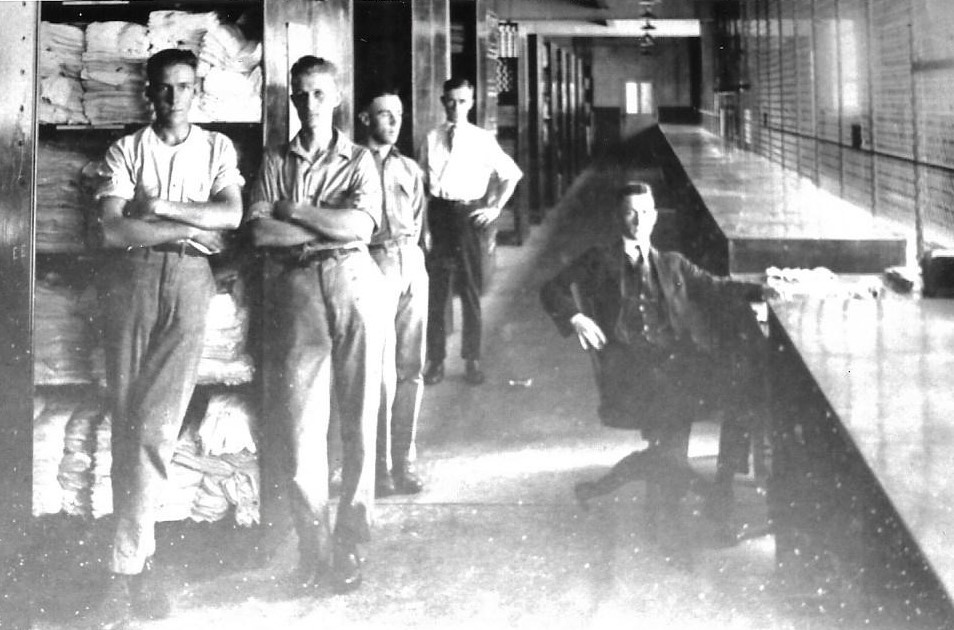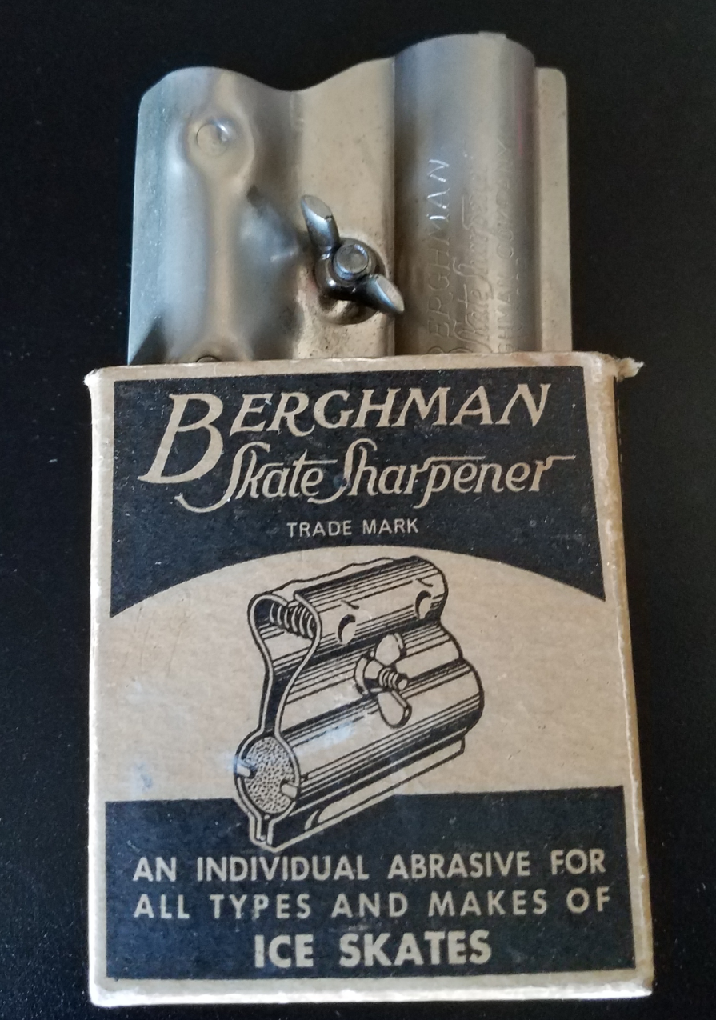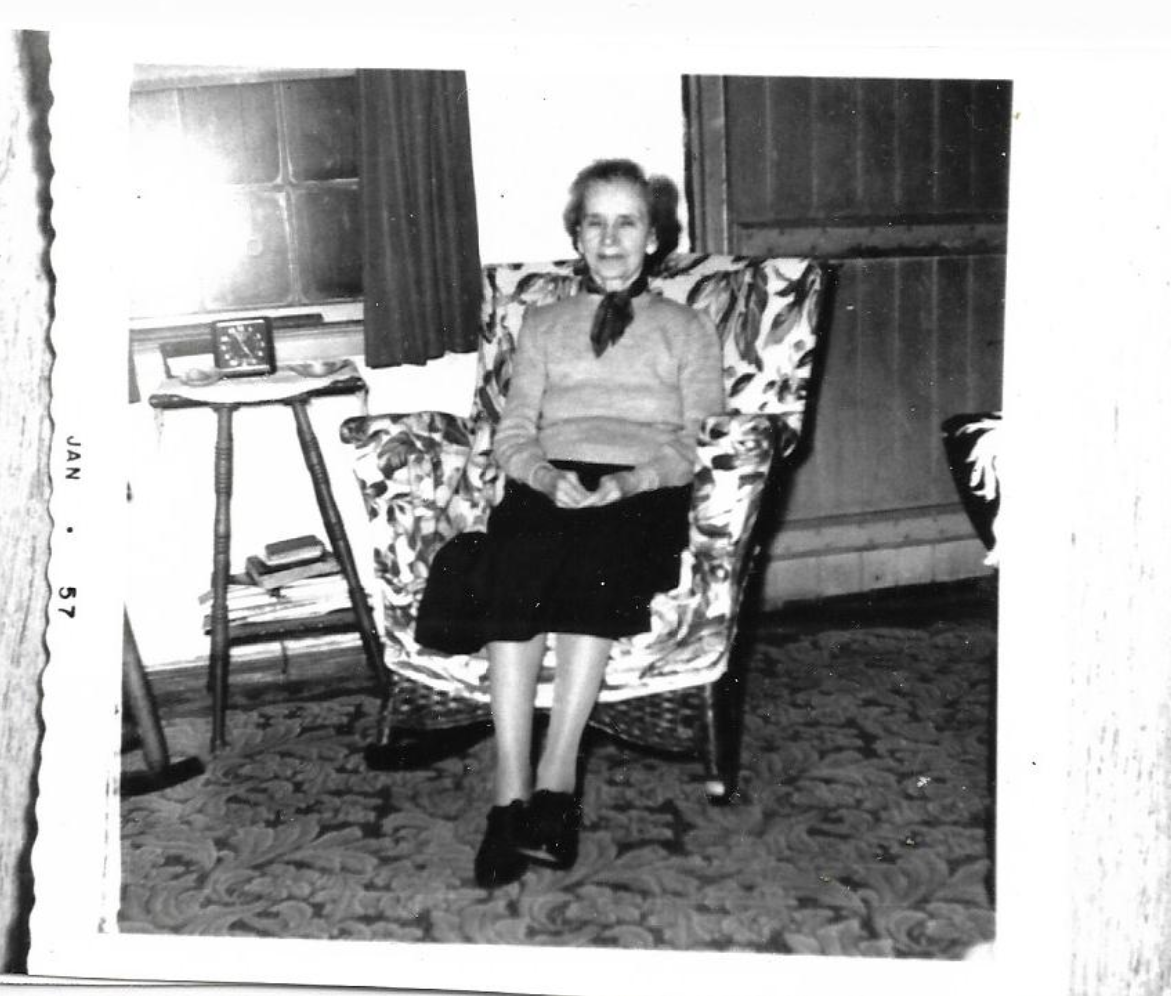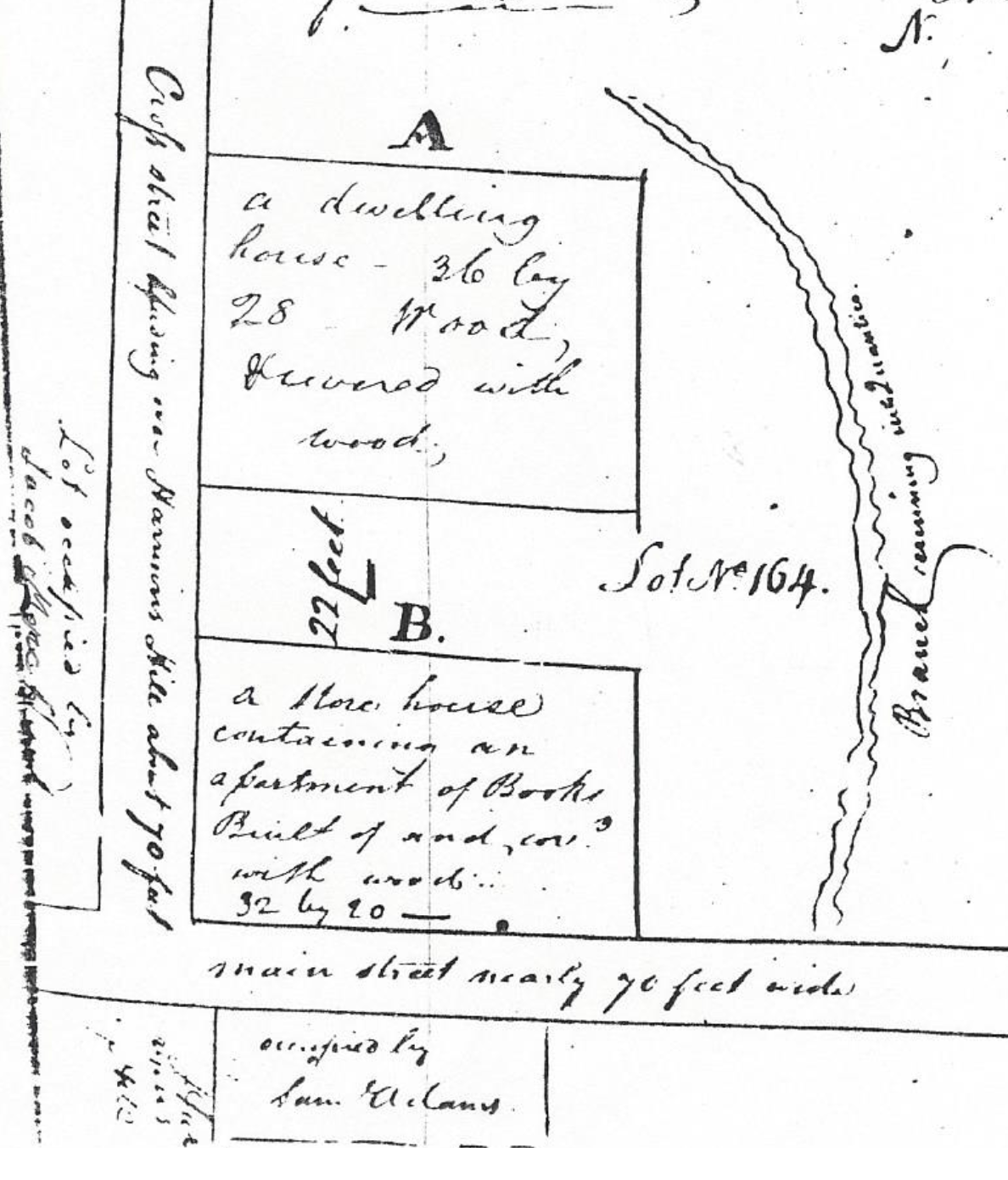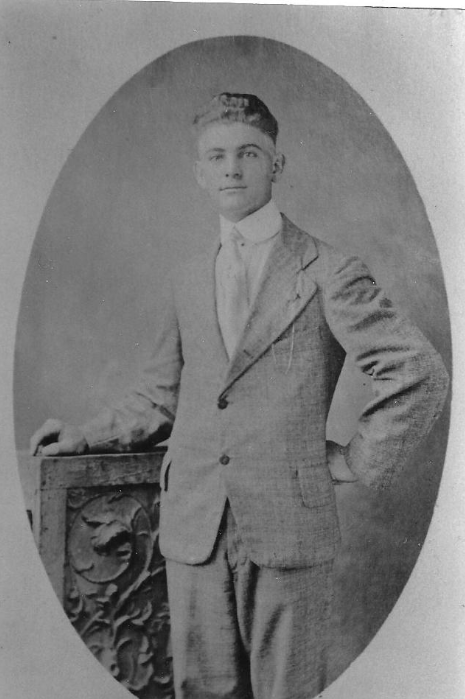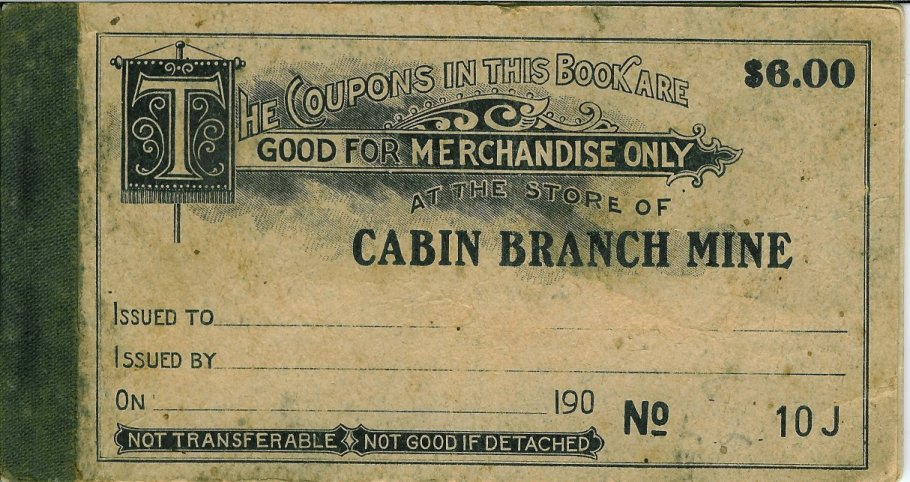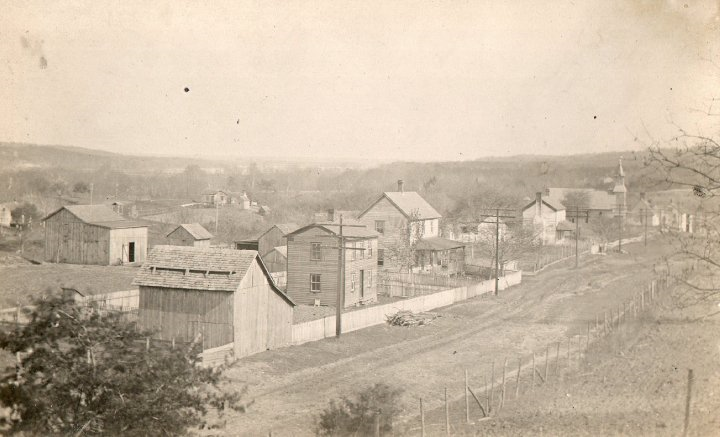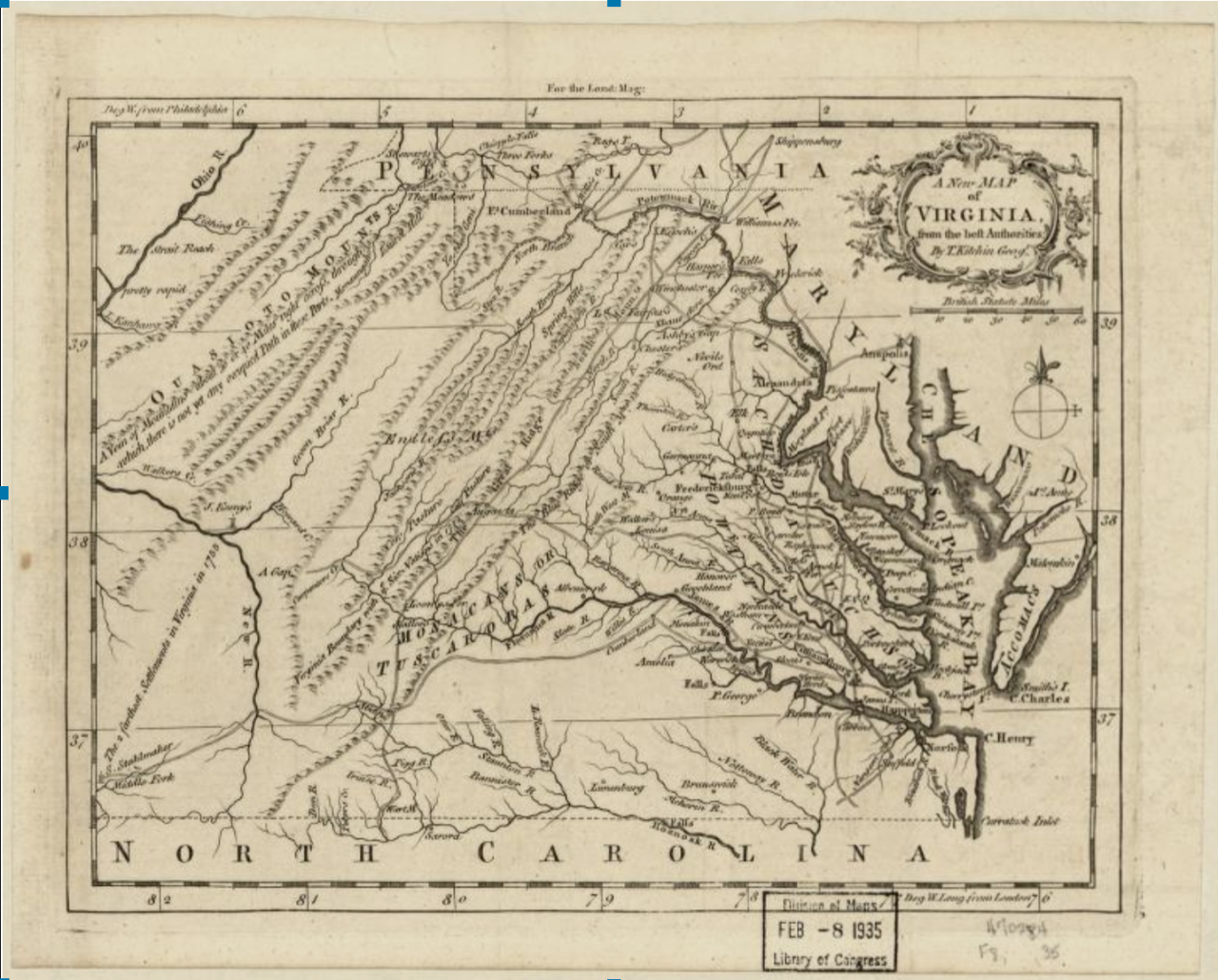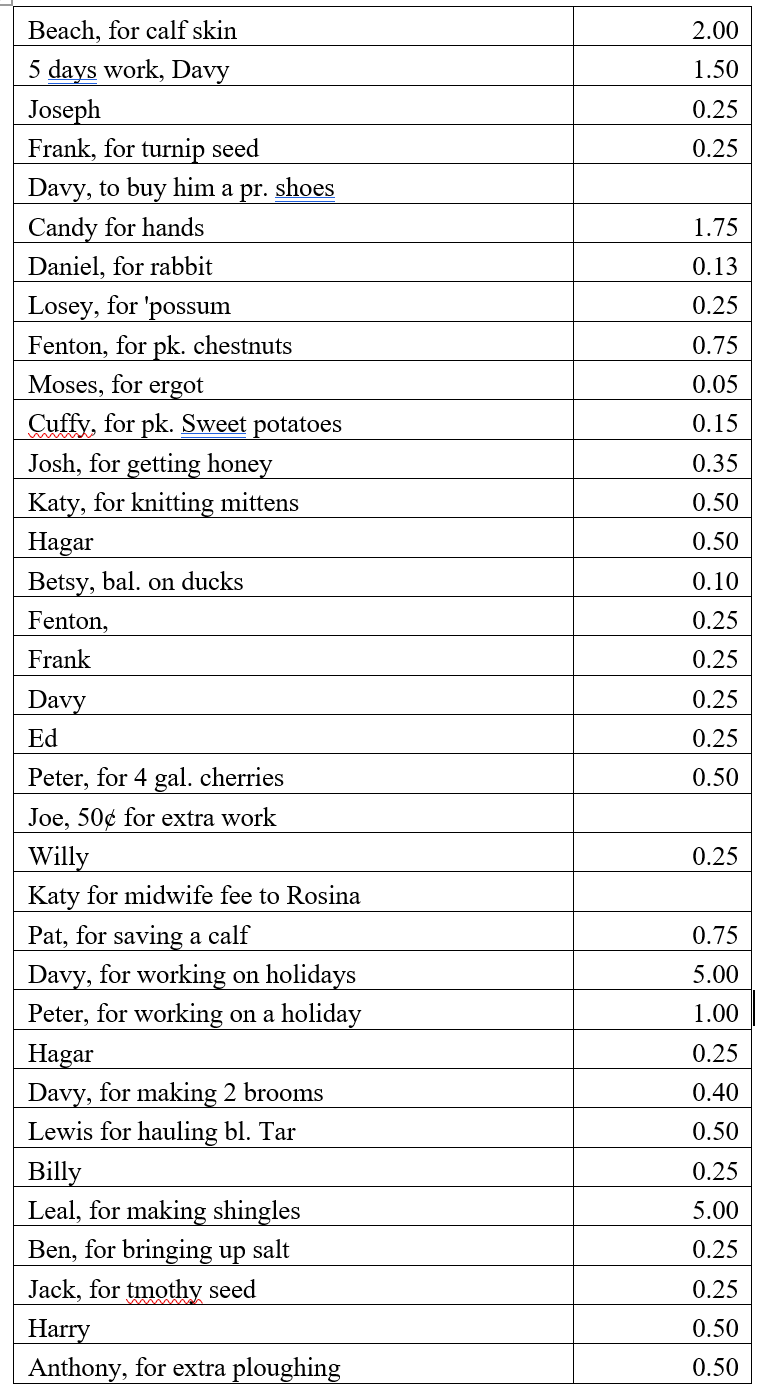The Incredibly Unlucky Church
By: Lisa Timmerman, Executive Director
Many of our narratives and collected oral histories of Dumfries indicate a prosperous “moonshining” industry operating throughout the region. Unfortunately for the 3rd Quantico Church in Dumfries Public Cemetery, this robust activity allegedly fueled a devastating fire.
As the title of this post suggests, the Episcopal Church had a penchant for destruction. People first constructed a Chapel of Ease of Overwharton Parish around 1667, which served as a satellite church to the community. As more people populated the area, it became a Chapel of Hamilton Parish (established from Overwharton) until Dettingen Parish formed (from Hamilton) encompassing most of the PWC area. In 1751, Church officials ordered the construction of “a new brick church, 30 feet by 60 feet” to replace “the old and indifferent church”. William Waite constructed the church and by 1756 it was operational. During the Revolutionary War, soldiers potentially received smallpox inoculations at the church and Baron Ludwig von Closen noted a “very fine Presbyterian church” along the banks of Quantico Creek – possibly the 2nd Quantico Church. By 1813, the 2nd Quantico Church burned down, and the town people may have temporarily used Dumfries Courthouse for their religious services. In 1837, Bishop Meade recorded, “…the old courthouse in this place has been converted into a very comfortable place of worship and is the joint property of Episcopalians and Baptists.” The 3rd Quantico Church was then built in 1878 on the site of the former, “measuring 28 feet by 50 feet” and remained in place until 05/08/1934. Records indicate the interior was paneled with boards measuring 12” to 14” wide, utilizing different native timbers.

(Source: HDVI Archival Files, Interior of 3rd Quantico Church)
In an interview conducted in 1988, Cecil Garrison indicated the reason for the fire along with the Church’s fate, “The Episcopal Church, they had a nice church out there. During prohibition, a couple of guys went out there. They hadn’t used it for a long time. But, a couple of guys went out and put a still in the vestry room…And the still blowed up and burned the church down…You see, how I knew it, I was cutting grass in my back yard, and I saw the smoke. I arrived there, and when I did, these two guys were running up through the woods. And, I looked in the vestry room; it was all on fire.” “Burned down completely…And, they had some wonderful furniture in there, too…Everything was lost.” In 1998, Lee and Hilda Lansing discussed the fire as well, “The church had stopped being used as a church, and somebody went over there, I think Cecil had something to do with it. But they were making moonshine in the church building.” Hilda: “It was there when I was a kid, but it was burnt. I always heard that they were smoking.”
Moonshine, the illegal process of distilling liquor, has a long history in Virginia. Transportation, remote locations, and taxes were important factors when considering the practice. Prohibition inadvertently led to a booming illegal operation even after the ban on alcohol ended in 1933. The Blue Ridge Institute & Museum identified three different popular stills: the Turnip, the Blackpot Submarine, and the Steam. Mr. Garrison did not identify the type of still he observed. Three bushels of dried corn or seven bushels of apples could distill about two gallons of alcohol and the “slop” leftovers could be fed to livestock. You could judge the strength of the alcohol by the bead of bubbles formed after shaking the product. The flammability of the process is obviously a problem, but the actual finished product can contain toxins depending upon the type/materials of the still used. The expression “lead burns red and makes you dead” stems from the practice of lighting a sample of the product on fire with a blue flame indicating it was lead free – certainly not a reliable test for safety. Unregulated moonshine can also be too potent and toxic, leading to alcohol poisoning, among other health hazards.
Today you can visit Dumfries Public Cemetery and see a marker near the remains of the church. Whether the fire resulted from moonshine or something else in the 1930s, the three Quantico Churches experienced incredible times in American history – from the Revolutionary War to Prohibition, these buildings survived war, rebellions, but apparently not unaged whiskey.
Note: We have a fundraiser ongoing for our Halloween programs! The Maskatorium is offering two different facial coverings with either the Weems-Botts or Dumfries logo. Click here for the order form and here for the PayPal link.
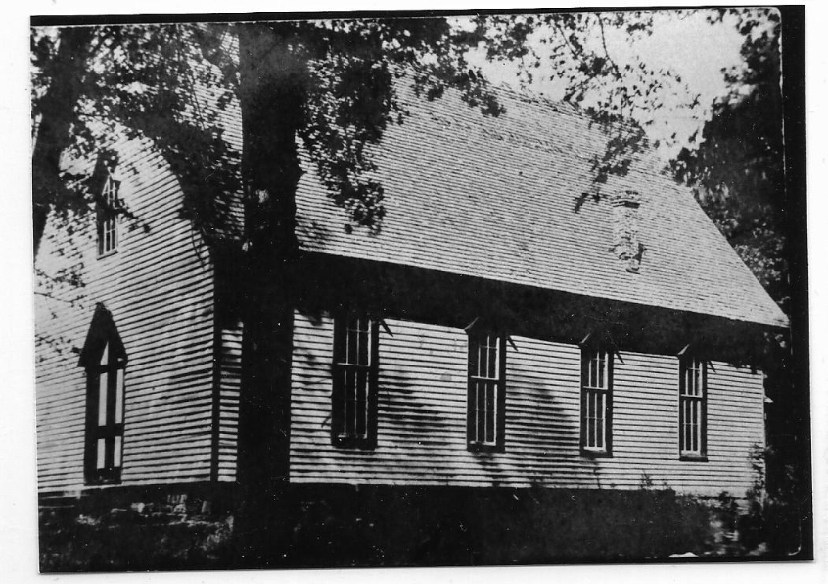
(Sources: HDVI Archival Records: Hoagland, Ann. Transcript (Draft) of Interview with Cecil Garrison. Prince William County Historical Commission Oral History Project, 02/1988. Note on draft: Due to editing for clarification purposes, this document cannot be classified as a true verbatim transcription of the conversation with the aforementioned persons; Jackson Arvilla and Sue Taylor. Oral History Transcript with Hilda and Lee Lansing, 10/08/1998; Sipe, Boyd. Cemetery Delineation and Phase I Archaeological Investigations of the 11.3 Acre Dumfries Elementary School Property, PWC. October 2009; The Blue Ridge Institute and Museum of Ferrum College: Moonshine – Blue Ridge Style, The History and Culture of Untaxed Liquor in the Mountains of Virginia (online exhibit); Prince William County: A Past to Preserve. The Prince William Historical Commission)

